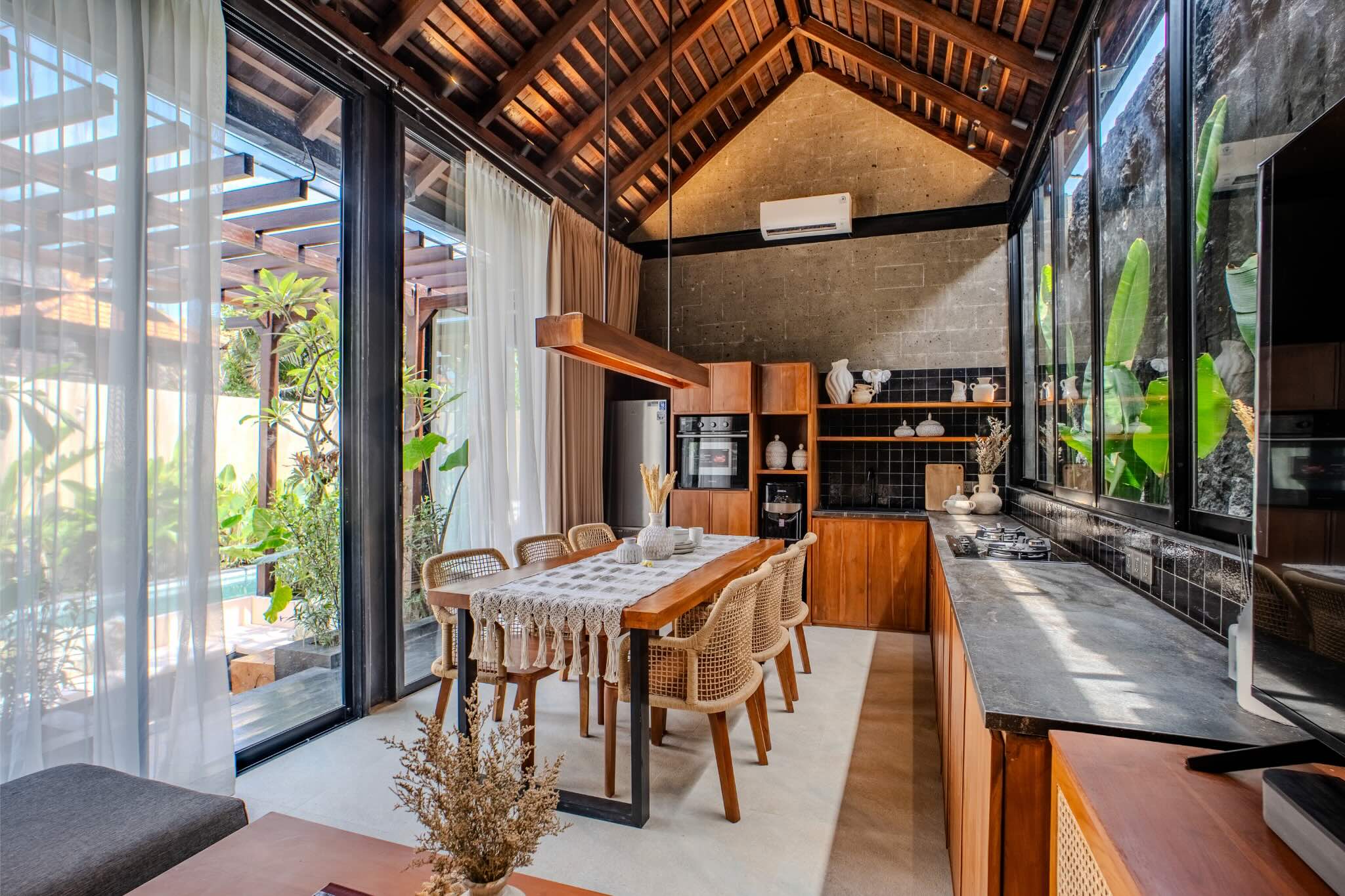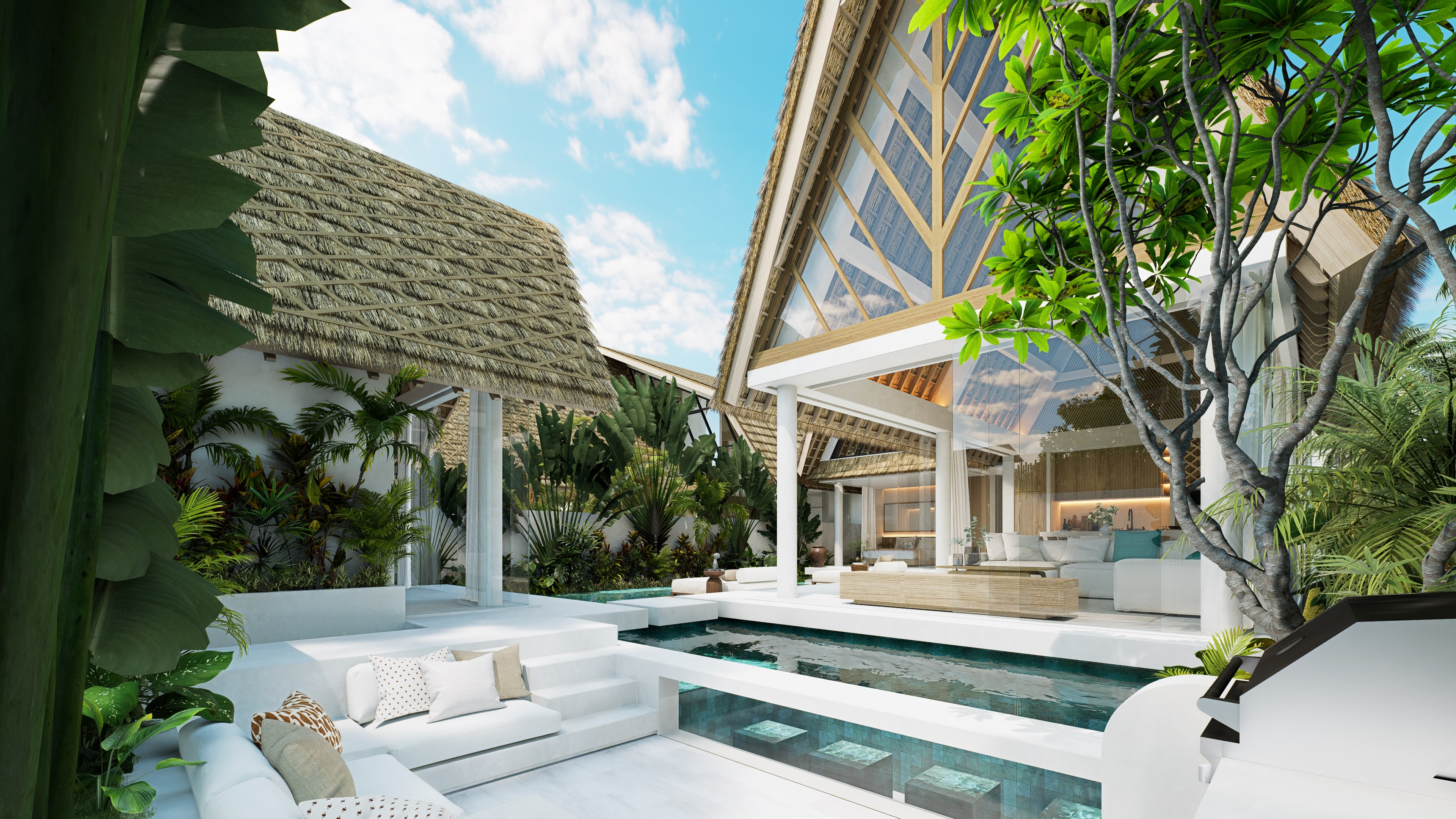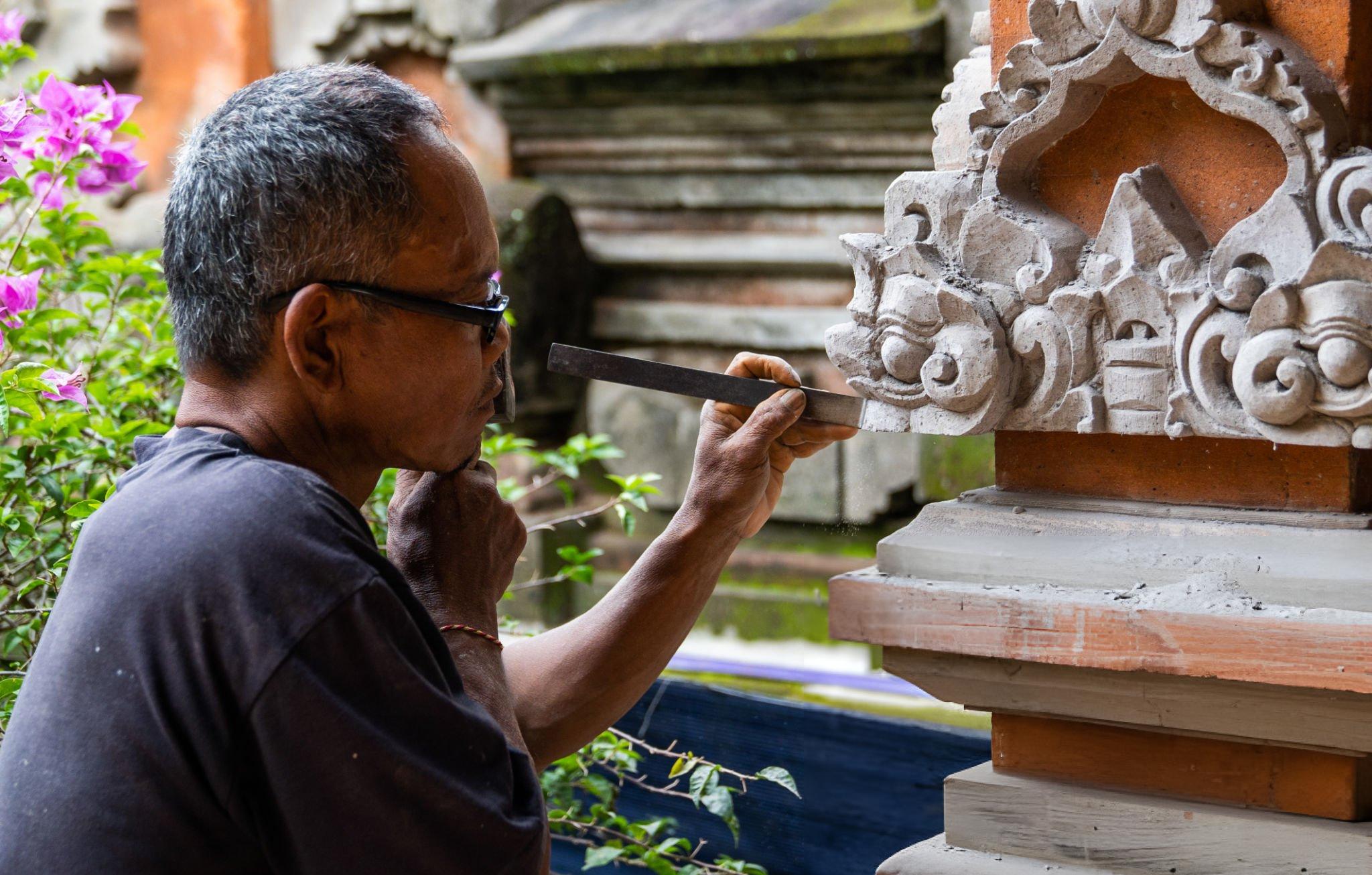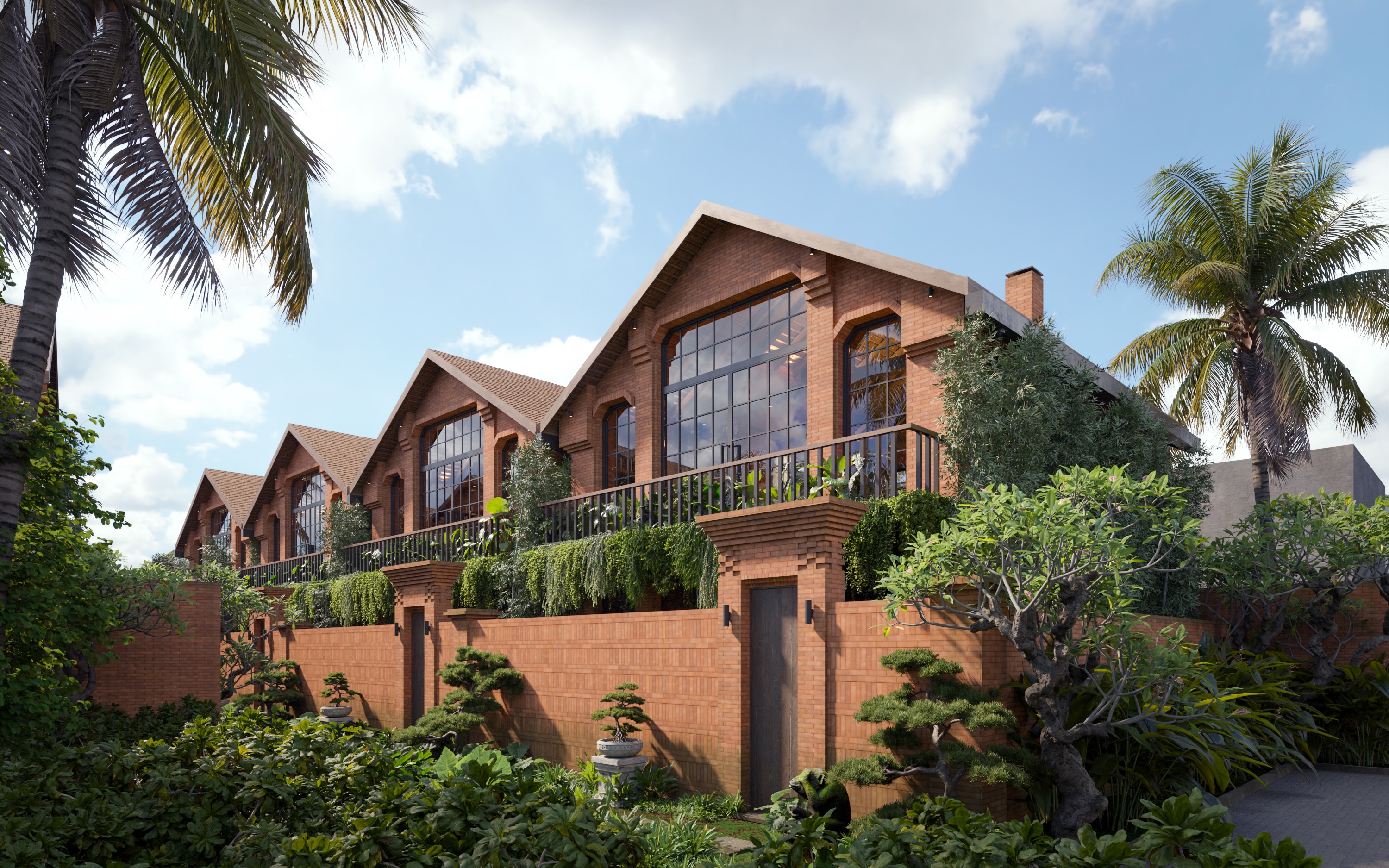22 October 2025
Why Balinese Architecture Attracts Tourists and Investors in Bali’s Property Market
4 Minutes Read

The Cultural Essence of Balinese Architecture

Modern villa designs listed on Koskaki uphold many of these traditions. They blend open layouts, local materials like wood and stone, and spaces that integrate nature (gardens, pools, views), thus preserving Balinese authenticity while catering to modern comfort.
The Investment Power of Authentic Balinese Design

Many of the island’s top-performing investments blend modern sustainability with traditional principles. Stylish 2-Bedroom Villa in Ungasan with Ocean Views & Rooftop Plunge Pool in Uluwatu, for example, this villa combines modern tropical architecture with natural materials such as Bengkirai wood and an open outdoor terrace that connects directly to the coastal landscape. Its design embodies the essence of Tri Hita Karana, aligns perfectly with the global demand for conscious living.
Sustainable Materials and Construction Practices

Government Support and Market Growth

These initiatives not only make travel easier for tourists but also enhance the long-term value of properties, especially those that embrace cultural authenticity and sustainable design. At the same time, developers collaborate with local artisans and cultural institutions to preserve traditional aesthetics while integrating modern amenities and eco-friendly practices.
From Tourists to Long-Term Residents

The Bali Commercial Property Price Index rose to 122.62 in Q3 2024, up 9.86% year-on-year, driven by higher demand for retail and apartment rentals (14.61% and 18.24%) and increases in office and hotel rents (5.06% and 9.87%), reflecting strong investor confidence in culturally authentic and modern properties. The increase reflects strong investor confidence and the appeal of properties that combine cultural authenticity with modern amenities, aligning with the growing trend of sustainable and meaningful real estate investments in Bali.
Infrastructure, Location, and Growth Zones

- Ungasan: coastal views, beach access, popular with both tourists and Bali residents. The Stylish 2-Bedroom Villa in Ungasan with Ocean Views & Rooftop Plunge Pool listing above benefits from its location near Uluwatu's beaches, clubs, and scenic spots.
- Canggu: Two Villas for Sale in Buduk, North Canggu – USD 365,000. A quieter part of North Canggu, but it is still within reach of main roads, cafes, and beaches.
- Seminyak / Batu Belig: Modern 2-Bedroom Townhouse for Sale in Batu Belig with Private Pool is in a tourism zoning area, which means it legally supports rental operations and tends to have high occupancy.
Investors choosing properties in these growth zones tend to benefit from infrastructure development, increased tourism demand, and rising land scarcity, all of which contribute to property values climbing over time.
Own a Piece of Bali: Authentic Villas and Sustainable Living with Koskaki
Balinese architecture is a way of life that celebrates balance between humans, nature, and the divine. Whether you’re seeking a serene villa for personal retreat or a high-return investment opportunity, Bali offers spaces that nurture both the soul and the senses.
If you’re inspired to own, manage, or invest in property that reflects this harmony, Koskaki is here to help. With listings that showcase authentic Balinese designs, eco-conscious developments, and modern living standards, Koskaki makes it easy to find the property that truly speaks to you.
Share This Article to :